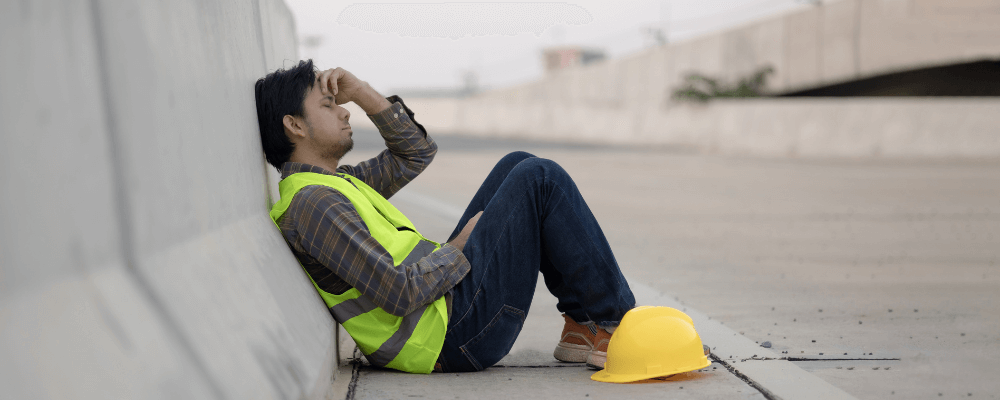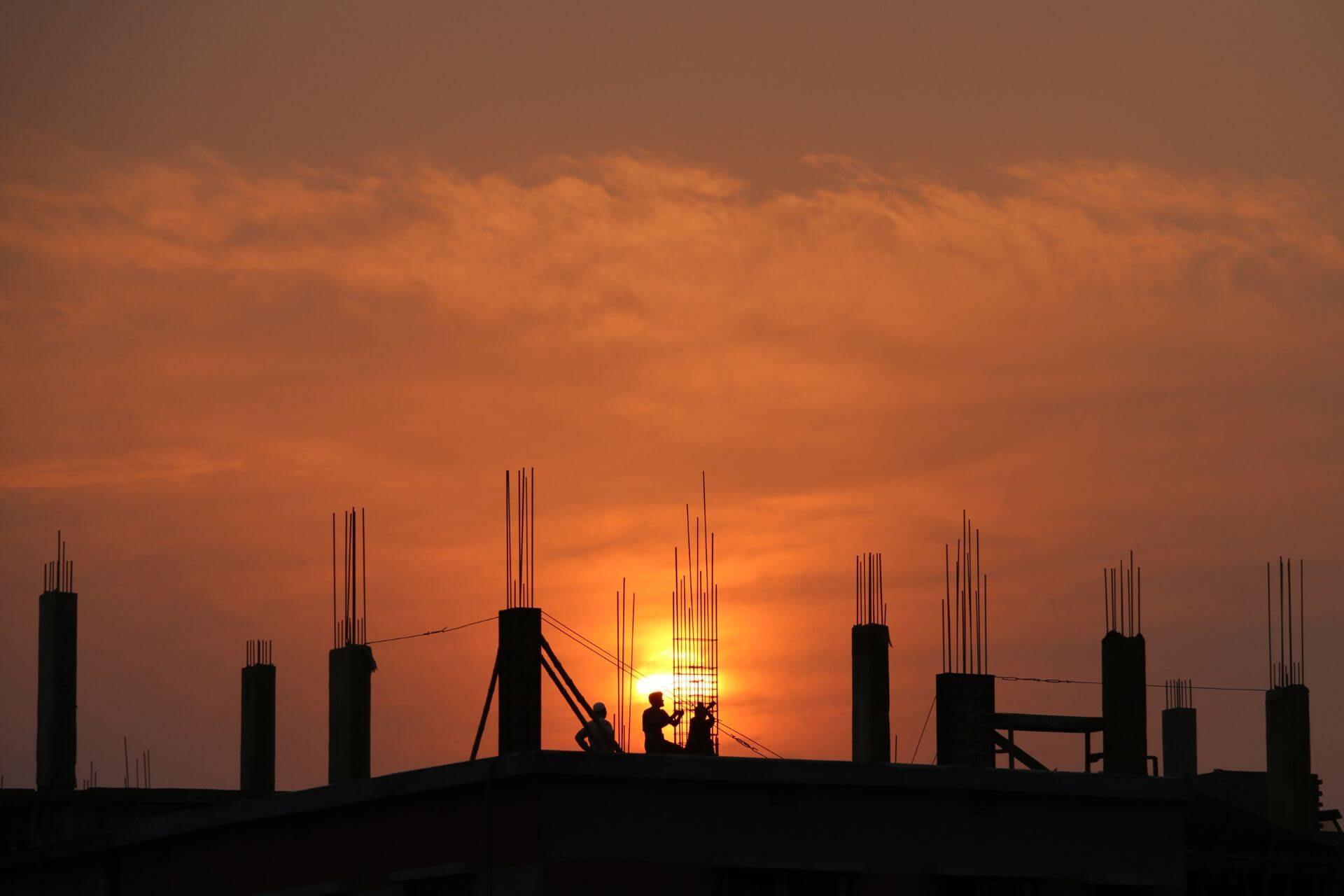Like many great stories, this one begins with “back in my day…” So, back in my day (and likely the day of many of you over the age of, say, 35) Daylight Saving Time was a headache. You had to remember to change your clocks before going to bed, or risk being an hour early – or late – the next day. This is mostly a drama of the past, as our electronic timepieces (a.k.a. phones) automatically set and reset themselves, and you can just ignore the clock on your stove for six months until it’s right again.
Just because that particular issue is a thing of the past does not mean that DST is now problem-free. Far from it: the health and safety implications of moving the clock are as significant as ever. The American Medical Association and the Canadian Sleep Society are just two of the major organizations petitioning to put a stop to the biannual adjustment because of those risks.
This post will explore why we have Daylight Saving Time, the possible negative consequences for workers, and a few ways to minimize the impact and improve safety outcomes.
Why Do We Even Have Daylight Saving Time?
The idea of resetting clocks in the summer months was first proposed by Benjamin Franklin in a satirical essay he wrote, suggesting that Parisians could economize on candles by getting people out of bed earlier in the morning, making use of the natural morning light. In addition to being a sick burn on the French, it turned out to be a surprisingly sensible suggestion that other countries started considering. But it took the advent of war to make Ben’s vision a reality, as the governments of Germany, Auria-Hungary, the UK, and the US (among others) adopted DST to conserve coal in 1916 as the First World War dragged on.
It was unpopular to say the least. In the US, it was repealed within a year; but then along came WW2, which saw it reinstated. Post-war? Gone again, along with rationing sugar and using potato sacks as dresses. The energy crises of the 1970s brought it back to life and it has been going strong ever since.
DST has been a subject of ongoing controversy and adjustments, with many changes to the start and end dates over the years. The practice is still not universal, and debates continue over its benefits and drawbacks. Some regions have abandoned it, while others continue to observe it either for tradition or perceived benefits. We’re going to take a look at its impact on the safety of construction sites and the health of construction workers.
7 Ways Daylight Saving Time Impacts Construction Health & Safety
1. Accidents Increase
Injury data from the National Institute for Occupational Health and Safety indicated a 5.7% increase in the number of injuries in the days following the clock change. And, just as significantly, there was a 67% increase in days of work lost due to those injuries, which suggests the severity of the injuries was also heightened.
A bright spot (pun not intended) is that switching back to standard time, which is the fall change, has less negative impact than the move to DST in the spring. The Journal of Applied Psychology studied OHS and BLS statistics and determined sleep disruption, the primary driver of accidents, is lower in the fall change. However, the reduced light at the end of shift, a time already
And before you get too excited about this extra hour of sleep and start feeling bulletproof, consider that the Sleep Med Review concluded that “the autumn transition is often popularized as a gain of 1 h of sleep but there is little evidence of extra sleep on that night.” The CDC identifies that any change to sleep and wake times, as well as light exposure impacting the circadian rhythm, can take about a week to adjust to. That adjustment time “can lead to sleep deprivation and reduction in performance, increasing the risk for mistakes”
2. Health Risks
Workers can experience higher risks to both their health and safety after the time changes. A study cited by the CDC indicated that men and those with heart disease might be at a higher risk for a heart attack during the week following the DST changes in both Spring and Fall. Given that construction is an industry already more prone than average to heart disease, this is particularly concerning.
3. Fatigue and Adjustment Period
The time change can disrupt workers’ sleep patterns and circadian rhythms, potentially leading to fatigue. Tired workers are more likely to make mistakes and have slower reaction times. There is usually an adjustment period for workers’ bodies to get used to the new time, which can affect their alertness and performance on-site.
Construction often involves operating heavy machinery and working at heights. A sleep-deprived construction worker is at a higher risk of accidents, so it’s essential to reiterate all safety procedures at this time of year. A back to basics tool box talk or review of the leading hazards and causes of incidents on your particular job site can go a long way to keeping safety at the front of (tired) minds.

4. Reduced Visibility and Increased Rushing
As the clocks go back, dusk and darkness come earlier in the day. This can result in reduced visibility towards the end of the workday, increasing the risk of accidents and injuries. With less daylight at the end of the day, there may be a rush to complete tasks before it gets too dark, which can lead to shortcuts and unsafe practices.
5. Traffic Hazards and Shift Work
The change in daylight can also affect commuting patterns, with workers potentially driving to and from the site in the dark, increasing the risk of traffic accidents. If shifts are adjusted to start earlier to maximize daylight, workers may be traveling to the site before sunrise when visibility on the road is poor, and they may be more susceptible to drowsiness. In some areas, the change in daylight hours can coincide with increased activity from wildlife at dusk, which can be a hazard for construction sites near natural habitats.
6. Cold Weather and Use of Temporary Lighting
In many places, the end of Daylight Saving Time coincides with colder temperatures, which can bring additional risks such as icy surfaces and the use of heaters that may present fire hazards if not used correctly. The need for artificial lighting increases, which brings its own set of risks, such as electrical hazards, poorly lit areas, glare, and shadows that can hide trip hazards.
7. Psychological Effects
Less exposure to daylight can affect mental health, potentially leading to a lack of focus and concentration, which is crucial for safety on construction sites. Those working early hours could get a boost from starting their day with a bit of natural light, but since the fall time change happens as days get ever shorter, there is a tradeoff with ending the workday in the dark. The corresponding uptick in seasonal affective disorder (SAD) at this time of year means.
How to Help Construction Employees Protect Their Health and Safety
Proactive construction companies can respond to these risks by implementing a range of safety measures. These measures can include providing additional lighting, giving workers time to adjust to new schedules, enforcing strict adherence to safety protocols, and being more vigilant about the health and well-being of their workers. It’s also important for companies to remind workers about the potential risks associated with the time change and to provide guidance on how to manage them effectively. Employers can conduct training sessions on the importance of sleep and how to adjust to DST. This can include tips on sleep hygiene and the importance of maintaining a routine. A few examples of areas to discuss:
Take Care of Your Mental Health: Construction has the second highest suicide rate of any industry, so it’s especially important that construction companies pay as much attention to the mental health of workers as they do to their physical health.
Limit Caffeine and Alcohol: Both can interfere with sleep. It’s best to avoid them close to bedtime, especially during the transition. And as much as we know you don’t want to hear it, it will help with mental health as well.
Stay Active: Engage in physical activity during the day. It can help you fall asleep faster and enjoy a deeper sleep. This one is a nice easy win for the average construction worker given the physical nature of the job.
Limit Screen Time: The blue light emitted by phones, tablets, and computers can interfere with the production of the sleep hormone melatonin. It’s a good idea to limit screen time in the evening.
Stay Hydrated: Drink plenty of water throughout the day (but reduce intake before bedtime to avoid nighttime awakenings).
